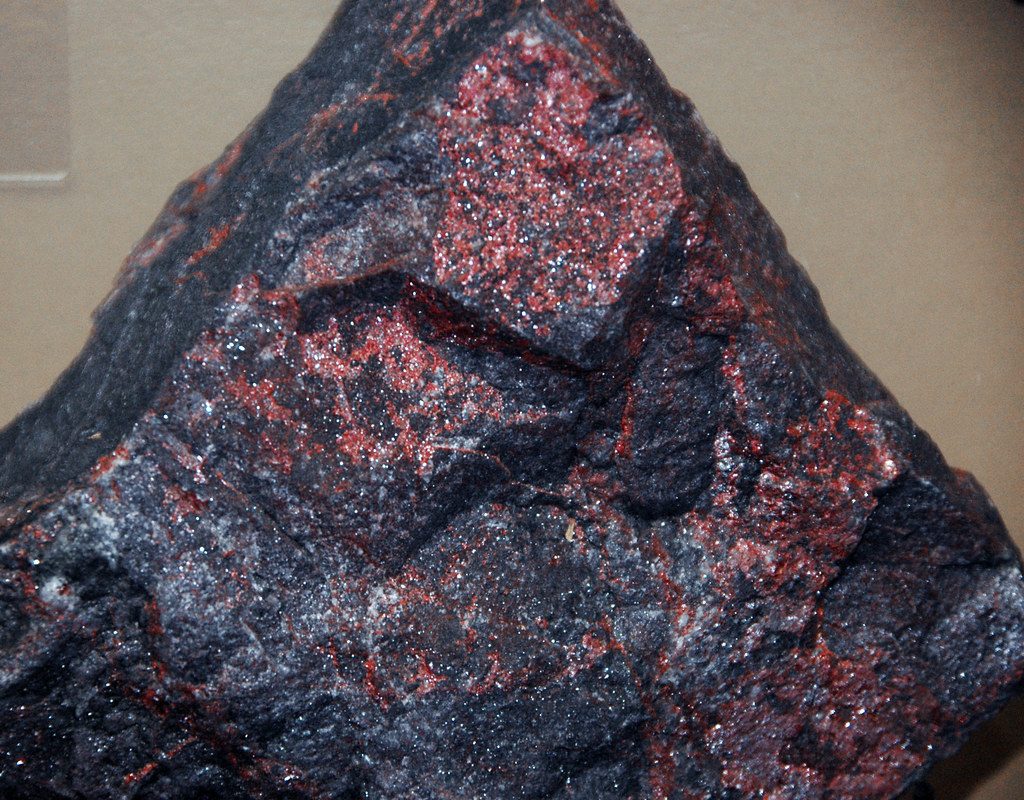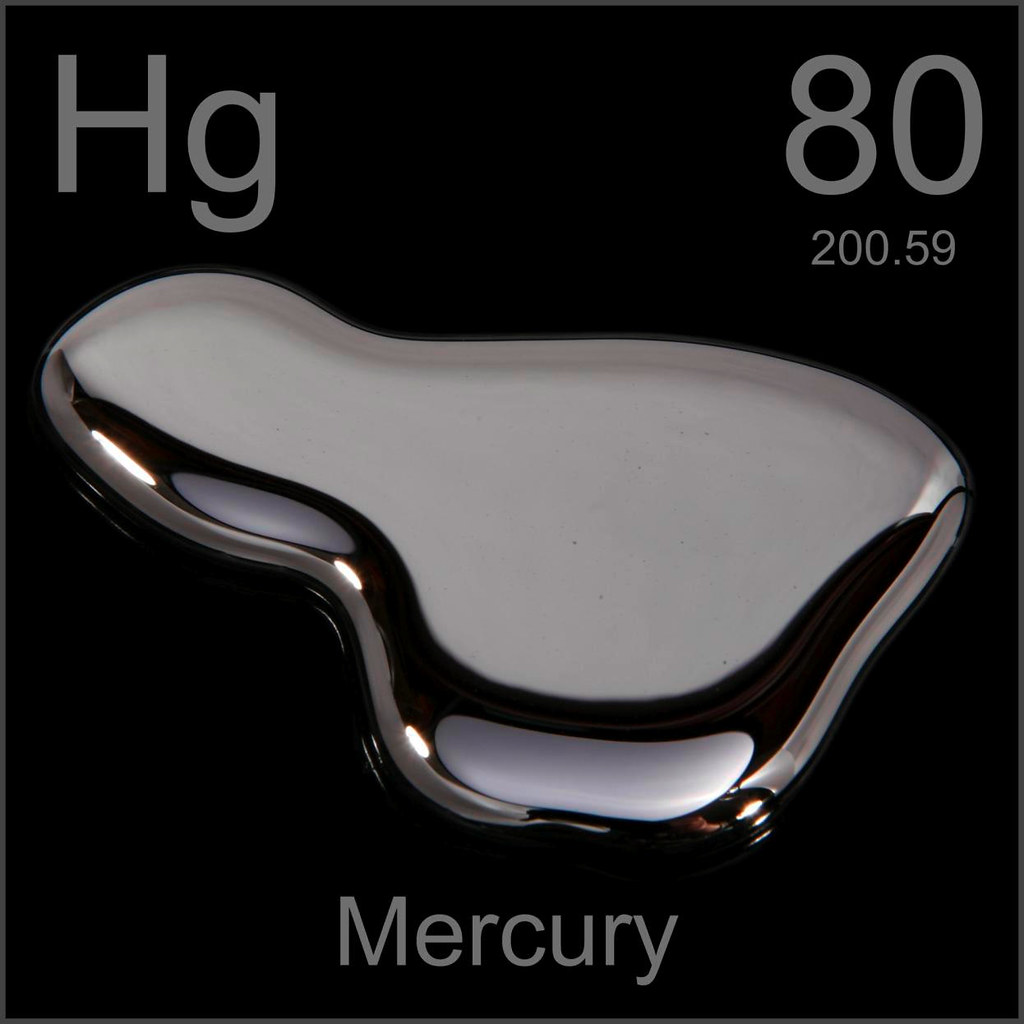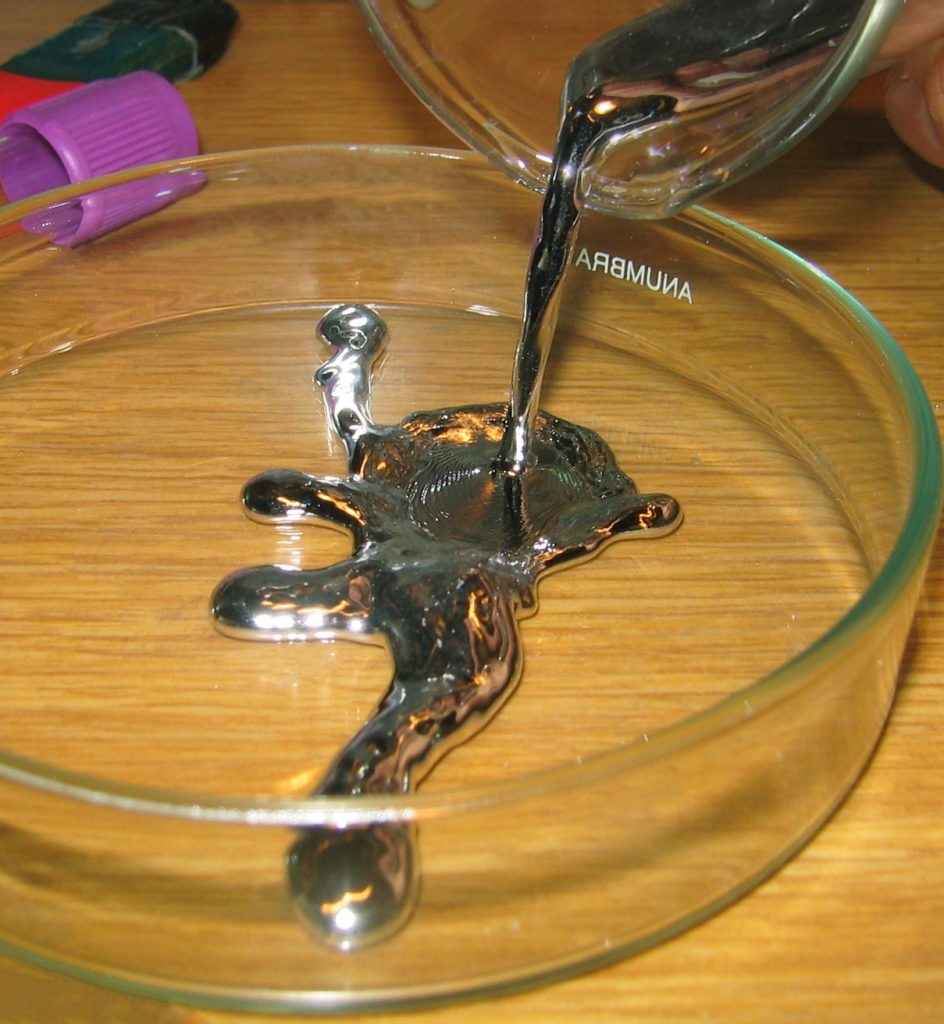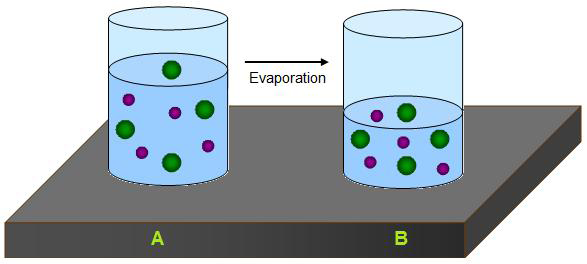What is Mercury?
Mercury is a transition metal, found on the third row of the twelfth column of the periodic table of elements.
The atomic number of mercury is 80, due to its possession of 80 protons, along with 80 electrons and 122 neutrons.
The chemical symbol for mercury is Hg, and its atomic weight is 200.59. At room temperature, mercury appears as a solid, shiny yellow metal.
Its melting point is a shockingly low -38.83 degrees Celsius, and its boiling point is 356.7 degrees Celsius.
Thus, mercury at room temperature, much unlike the other transition metals, is actually a liquid.
Mercury is the only metal that is known to be liquid at room temperature.
In fact, mercury is too hot at room temperature to retain its naturally liquid state, and is at risk of evaporating!
Characteristics and Properties
In its standard, most typical form, mercury is a shiny, silvery liquid that actually feels quite heavy.
Mercury is known to be very poisonous to humans and other mammals, and can even be deadly if a person comes into too much contact with it.
Mercury can make dangerous contact with humans through skin contact, through the air, or by eating food that contains traces of mercury.
Mercury is unable to make contact with the majority of other metals and still retain its form.
A new substance, called an amalgam, is formed when mercury meets most other metals, after the mercury itself dissolves.
The exception to this rule is iron; iron can be combined with mercury and still let both metals retain their shape.
For this reason, iron is often used in containers made to store mercury.
Where is mercury found?
Mercury is particularly difficult and rare to find in the Earth’s outer crust layer. It’s not commonly found in its pure form, and is most often found in ores, or other compounds.

One example of an ore commonly found with mercury is cinnabar, which appears red.
For a long time the two countries that produced, mined, and distributed the most mercury were Italy and Spain.
Interestingly, the reason that the Spanish were mining mercury was to help with their silver mine production over in South America.
In modern times, the two countries that produce, mine, and distribute the most mercury are Kyrgyzstan and China.
How is mercury used today?
Due to the high danger associated with humans and other animals coming into contact with mercury, there are less and less things being used with mercury in recent years.
Previously, because mercury is known to be extremely dense and responds to heat with expansion reactions, it used to be used in weather-measuring instrumentation (such as barometers and thermometers) for reporting temperature and other weather conditions.
Today, mercury can be found in certain types of lamps and lightbulbs, such as fluorescent lamps.
Other things that mercury can be found in today include dental fillings, cosmetic products, telescopes, and in other medical applications.
It is not present in amounts that could be dangerous in any of these products, of course.
Fun Mercury Quiz!
- What is the chemical symbol for mercury?
- What did mercury used to be used for?
- How can people come into contact with mercury poisoning?
- What current items include mercury in non-dangerous trace amounts?
- What is the standard form of mercury like?
Answers
- Hg
- Thermometers and barometers
- Air, skin contact, and by eating something contaminated
- Dental fillings, medical uses, cosmetics, and telescopes
- Liquid







